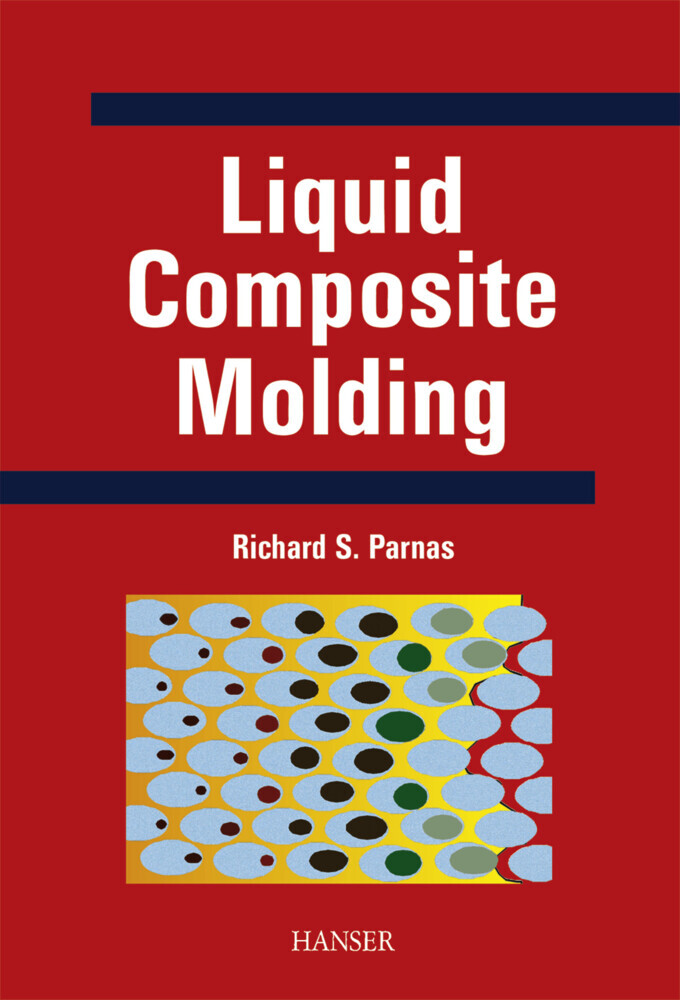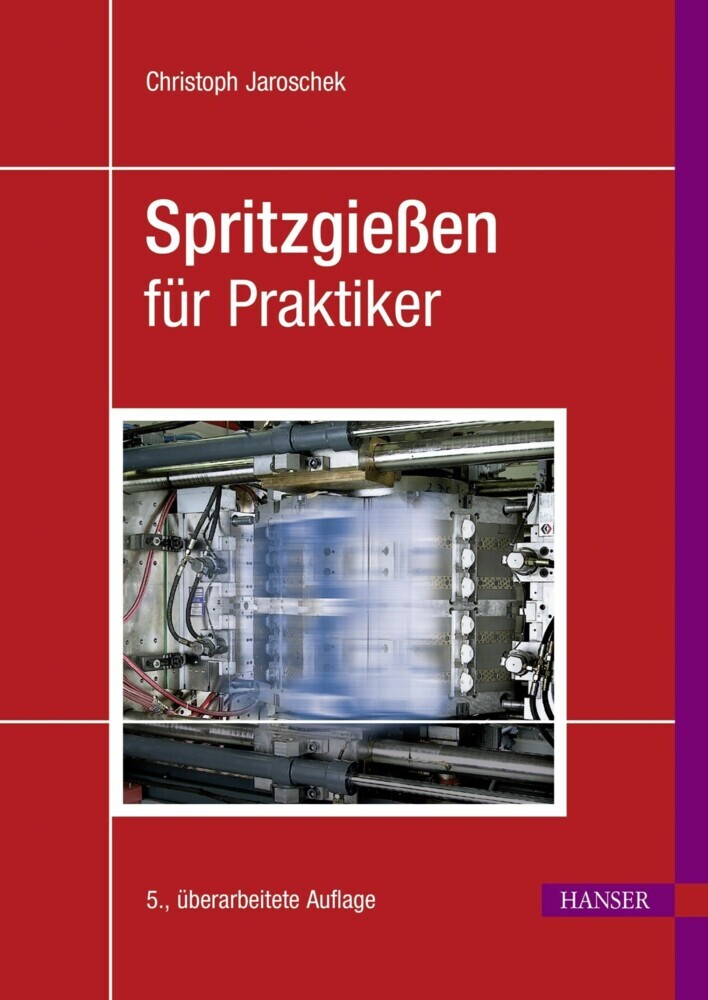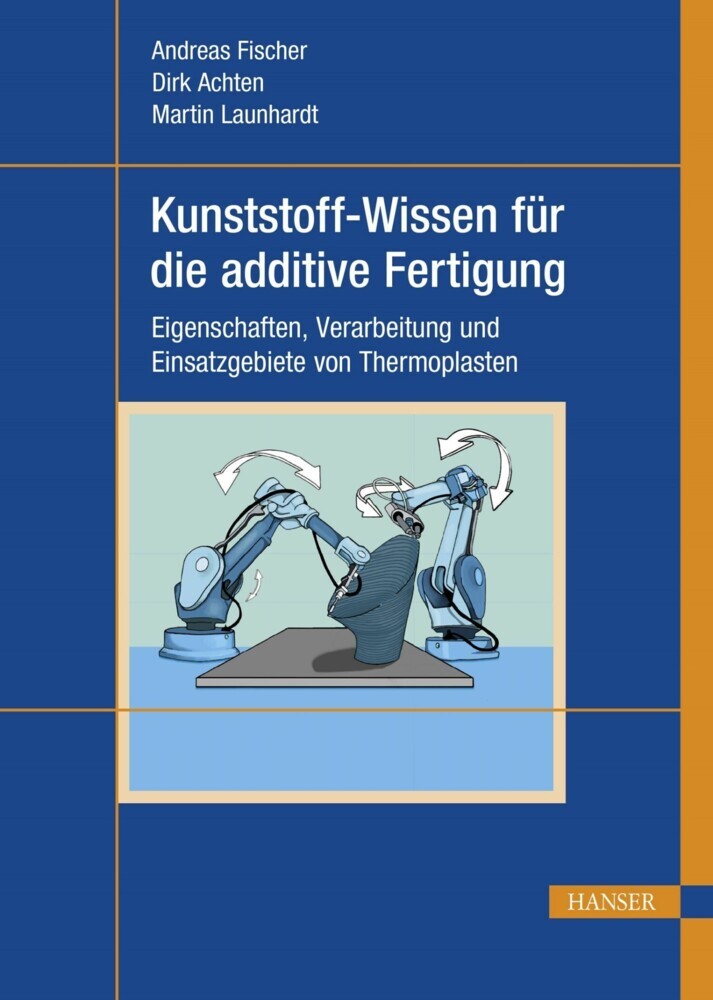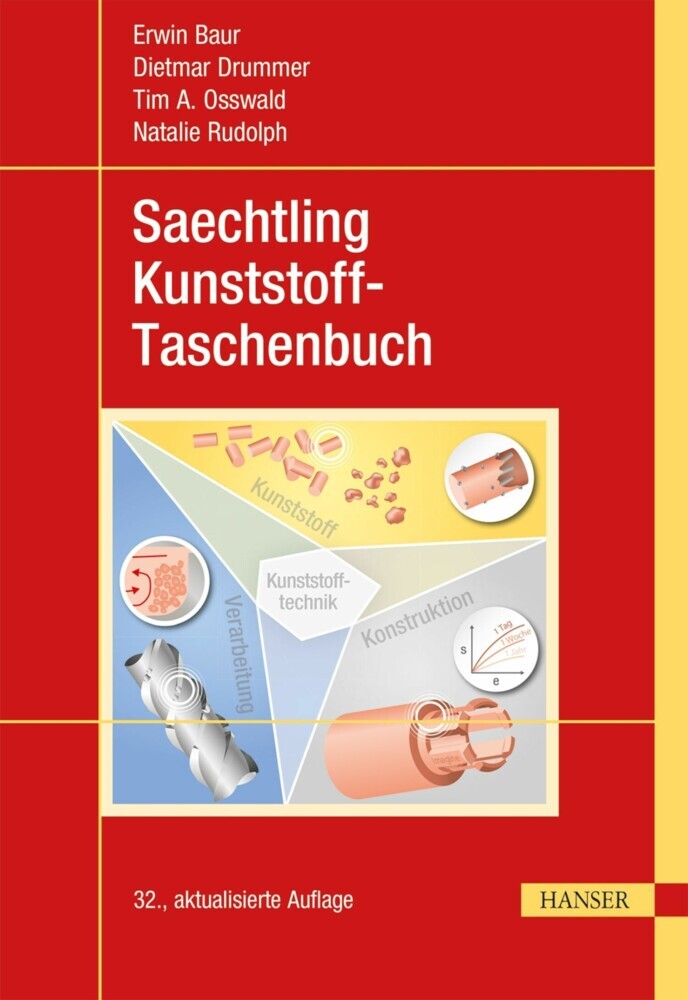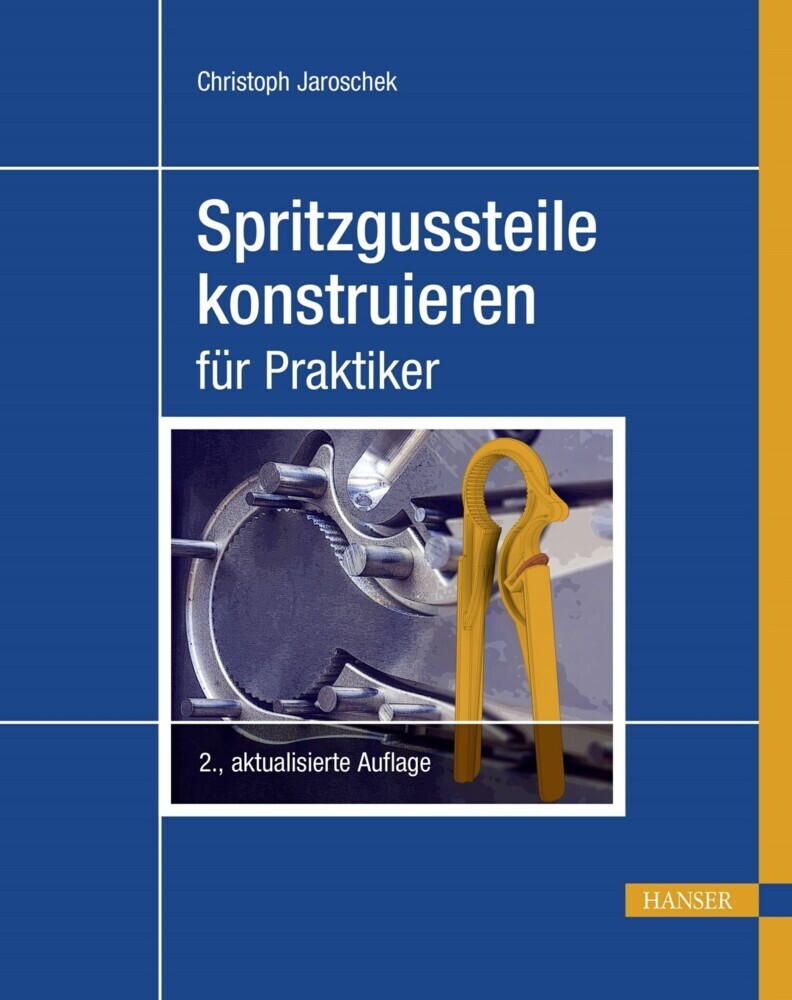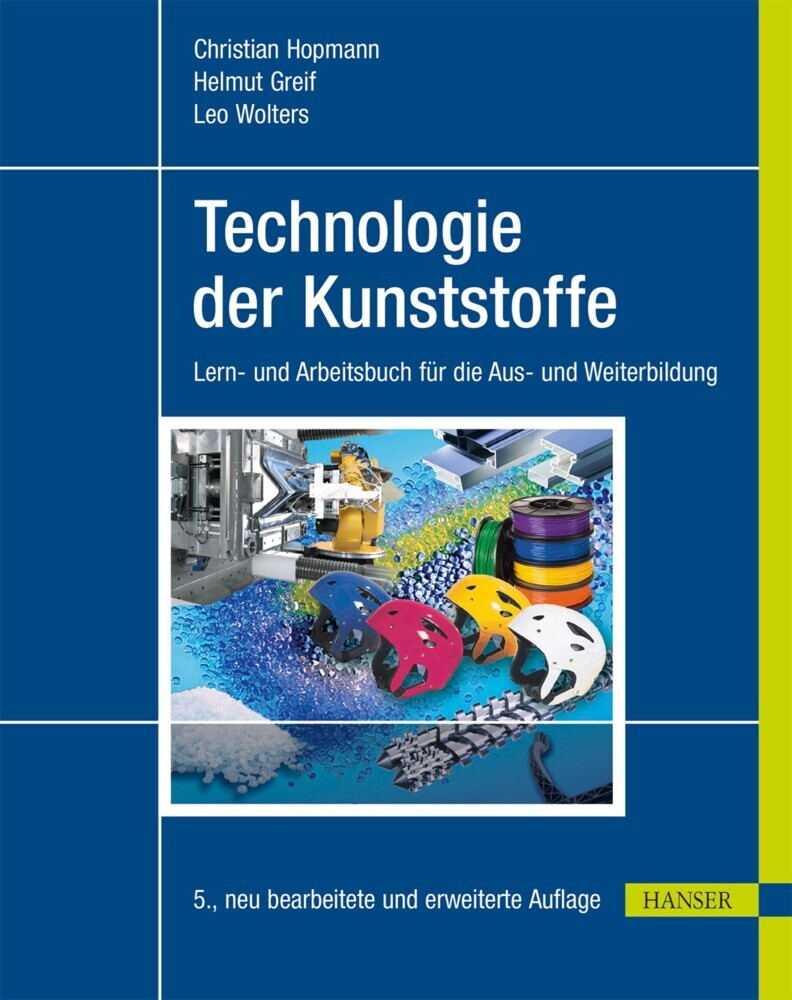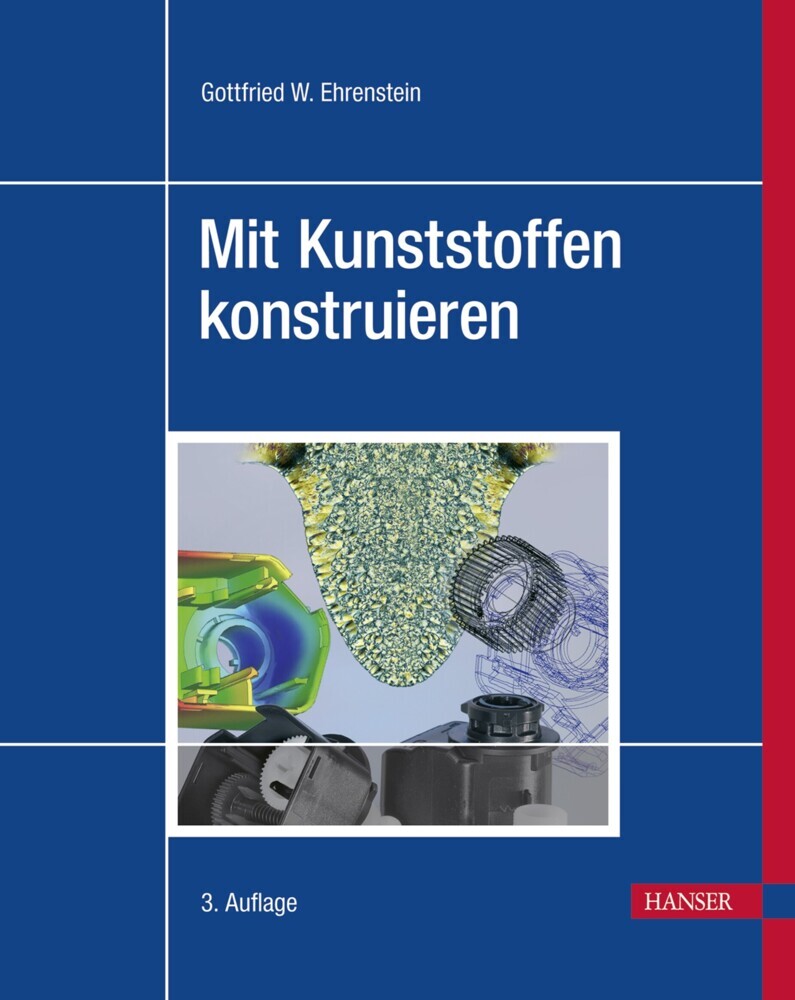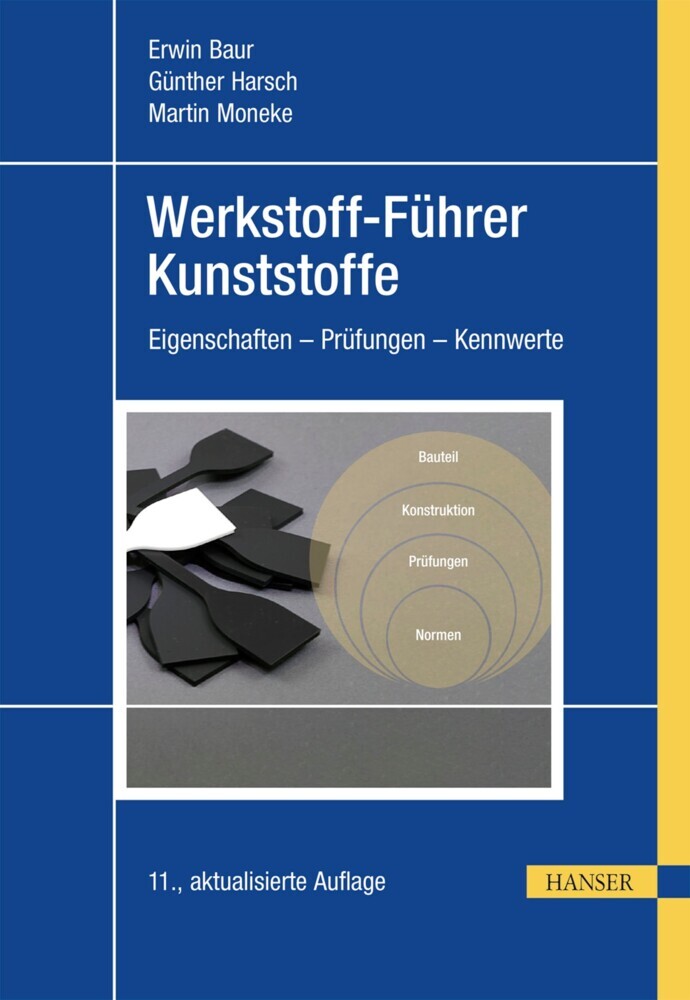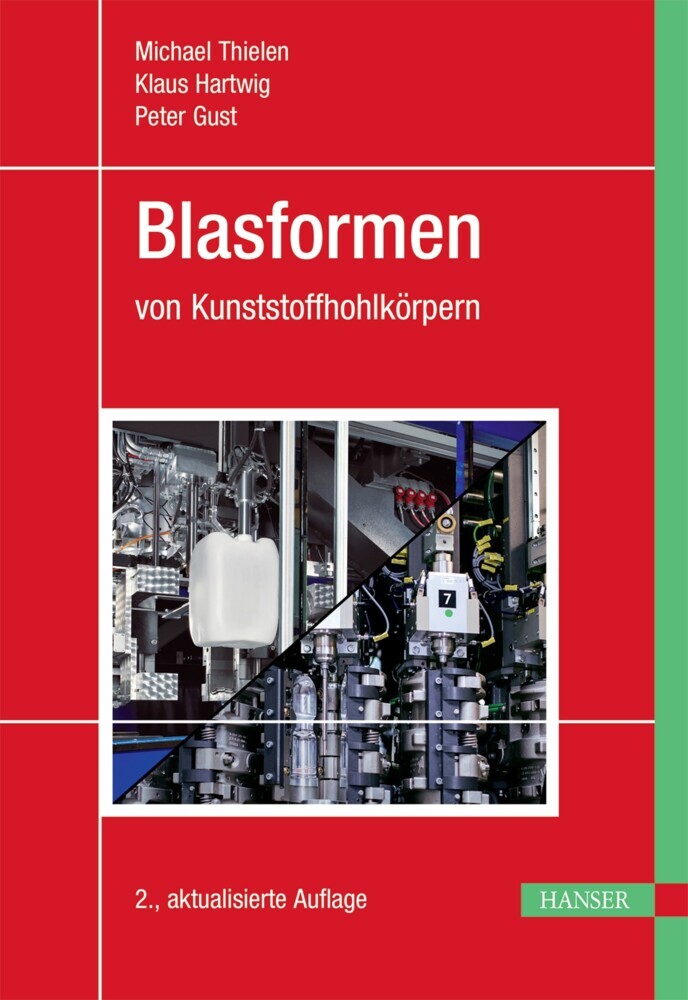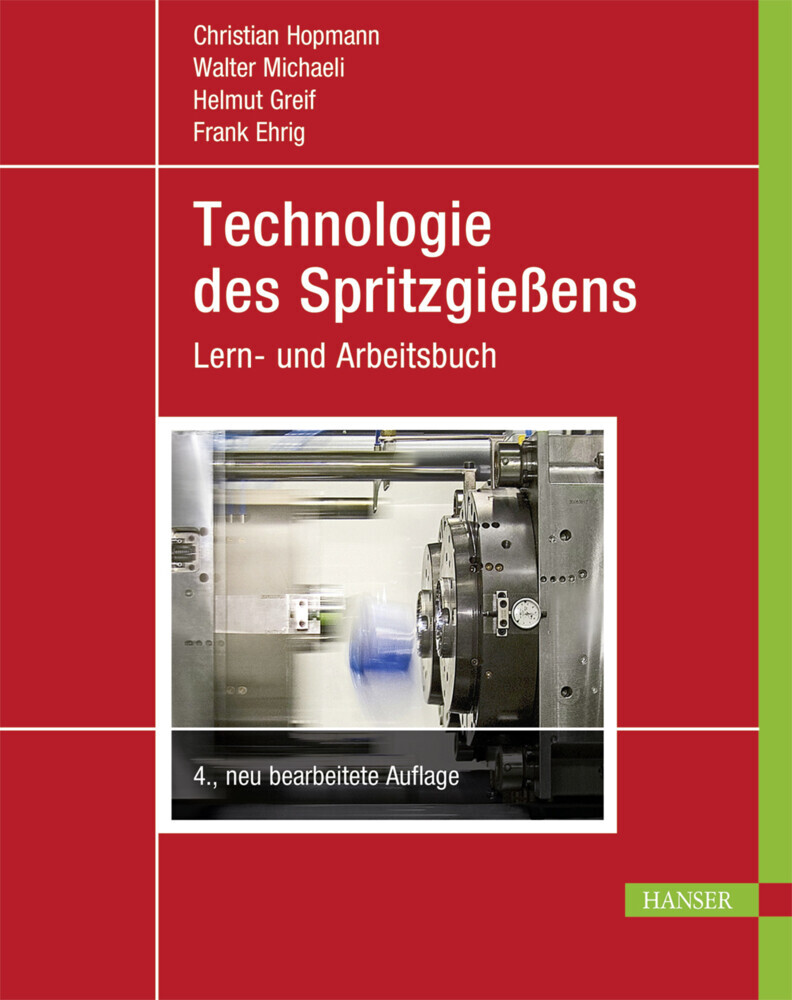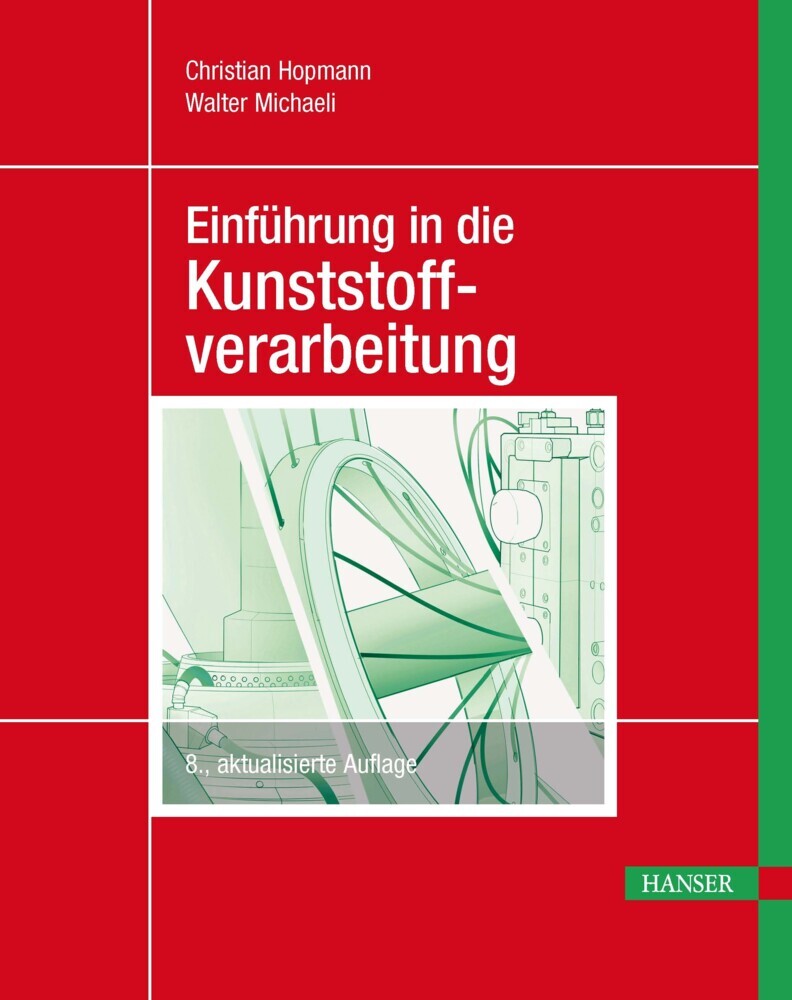Liquid Composite Molding
Liquid composite molding is a family of versatile methods to manufacture composite materials in the automotive, aerospace, railroad, marine, and defense industries. This well integrated text offers engineering students and industrial practitioners an expertly organized guide to the engineering principles and manufacturing issues critical to successful molding operations.
Liquid Composite Molding is an interdisciplinary treatment of transport phenomena in porous media, textile and automation technology to construct the porous reinforcement, and computer aided engineering for design optimization. The included CD ROM contains a permeability database and a finite element flow simulator for process design. Problems at the end of each chapter expand and clarify the most important topics.
Liquid Composite Molding is an interdisciplinary treatment of transport phenomena in porous media, textile and automation technology to construct the porous reinforcement, and computer aided engineering for design optimization. The included CD ROM contains a permeability database and a finite element flow simulator for process design. Problems at the end of each chapter expand and clarify the most important topics.
1;Foreword;62;Contents;83;1 Introduction;103.1;1.1 Composite Materials;103.2;1.2 How Composites are Made;163.3;1.3 Summary;213.4;References;234;2 Fundamentals - Transport Phenomena;244.1;2.1 Flow Through Porous Media - Single Phase Flow;244.1.1;2.1-1 Darcy's Law and the Permeability Tensor;244.1.2;2.1-2 Measuring the Effective Permeability;264.1.3;2.1-3 Analyzing the Experiments for the Permeability Tensor;314.1.4;2.1-4 2-Dimensional vs. 3-Dimensional Data Analysis;374.2;2.2 Heat Transfer and Chemical Reaction in Porous Media;394.2.1;2.2-1 Volume Averaging;394.2.2;2.2-2 The Energy Balance;414.2.3;2.2-3 RTM;424.2.4;2.2-4 SRIM and the Species Equation;454.3;2.3 Rheokinetics;464.3.1;2.3-1 Resin Reaction Kinetics;484.3.2;2.3-2 The Effects of Cure on the Viscosity;564.4;References;574.5;Homework Problems;594.6;Appendix I;604.7;Appendix II;614.8;Appendix III;645;3 RTM Fundamentals - Reinforcement Construction;665.1;3.1 Reinforcement Materials;665.2;3.2 Getting Ready for Preforming;705.3;3.3 2-Dimensional Fabrics and Early Preforming Methods;735.3.1;3.3-1 Random Mats;735.3.2;3.3-2 Textile Fabrics;765.4;3.4 Preforming 3-Dimensional Shapes;855.5;References;865.6;Homework Problems;876;4 Manufacturing Composites;886.1;4.1 Design and Optimization;886.1.1;4.1-1 Physical Model Based Design and Optimization;896.1.2;4.1-2 Neural Network and Genetic Algorithm Based Design and Optimization;1166.2;4.2 Tooling;1246.3;4.3 Measurement and Control;1316.3.1;4.3-1 Process Measurements;1316.3.2;4.3-2 Process Control;1416.4;References;1466.5;Homework Problems;1477;5 The Microstructure;1507.1;5.1 Multi-Phase Flows;1507.1.1;5.1-1 A Simple Model of Void Formation in LCM;1527.1.2;5.1-2 Innovative Processing Technology for LCM;1587.2;5.2 Optical Coherence Tomography;1607.2.1;5.2-1 Instrumentation for Optical Coherence Tomography;1607.2.2;5.2-2 OCT as a Tool to Help Predict Permeability;1617.2.3;5.2-3 OCT for Non-Destructive Evaluation;1647.3;References;1667.4;Homework Problems;1668;Subject Index;168
Parnas, Richard S.
| ISBN | 9783446443020 |
|---|---|
| Artikelnummer | 9783446443020 |
| Medientyp | E-Book - PDF |
| Copyrightjahr | 2014 |
| Verlag | Carl Hanser Fachbuchverlag |
| Umfang | 270 Seiten |
| Sprache | Englisch |
| Kopierschutz | Digitales Wasserzeichen |

